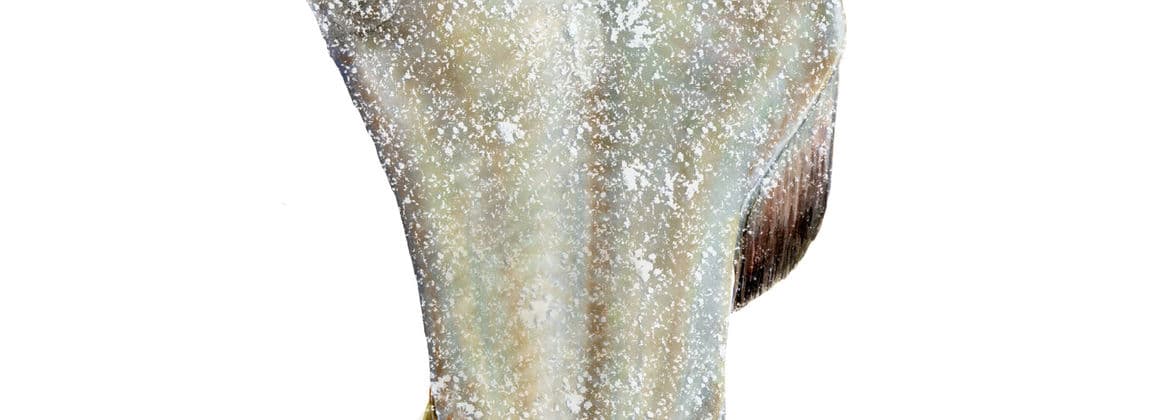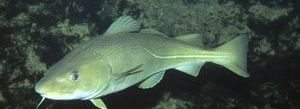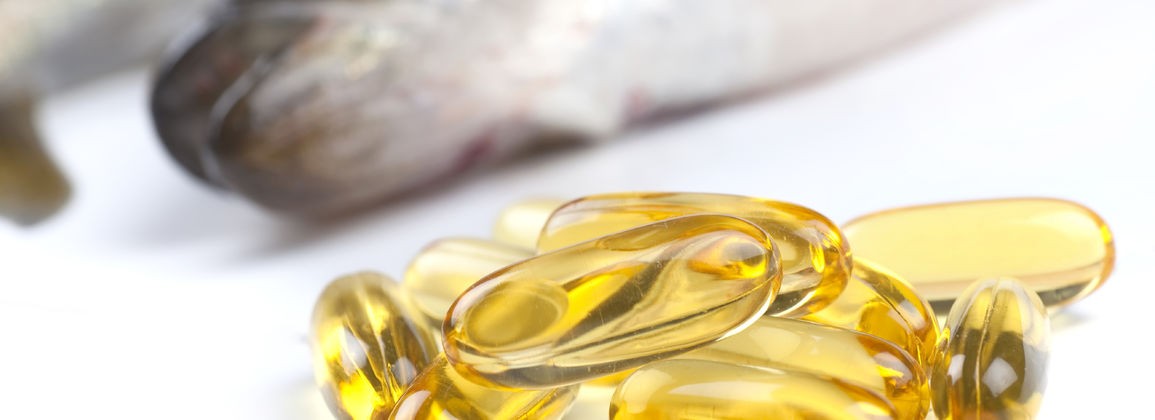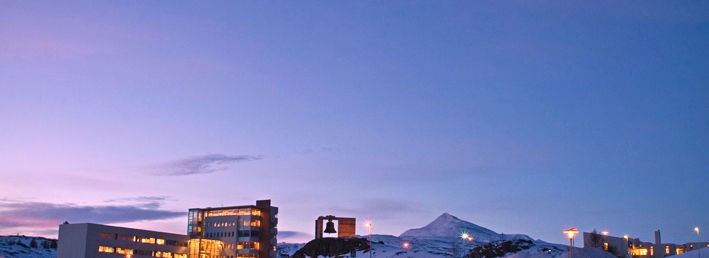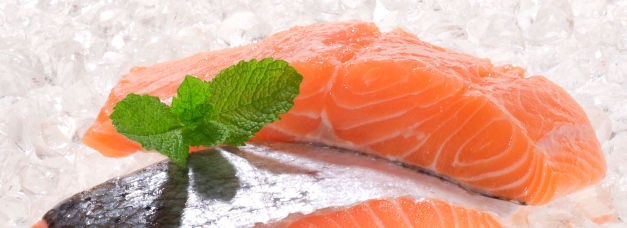Gæðakræklingur er gulls ígildi / Icelandic blue mussels - A valuable high quality product
In order for Icelandic mussel farming to grow and prosper, it is important to carry out basic research into the safety and quality of fresh Icelandic mussels that can be used by producers in marketing and selling the products. The purpose of this eighteen-month research project was to collect information on the safety and quality of mussels (Mytilus edulis) in market size (> 45 mm) grown off the coast of Iceland. A total of thirteen market-sized mussel samples were collected at four different breeding sites inland (Hvalfjörður, Breiðafjörður, Álftafjörður and Eyjafjörður) at different times of the year. Market-sized mussels were not found in Eskifjörður and this breeding site was therefore excluded from the project. Instead, samples were taken more often at the other four breeding sites than originally planned. Mussels were collected from breeding lines and time and location recorded. Weight, height and body mass were measured. The mussel was sexed and the stage of puberty was estimated in each sample. In this project, significant information was collected on nutrient content (protein, water, fat, ash) as well as bioactive substances such as selenium, zinc, carotenoids and fatty acid compositions in mussels from different cultivation sites and at different seasons. Unwanted inorganic trace elements (lead, mercury, cadmium, copper, nickel, arsenic, chromium and silver) were also measured in all samples. Work was also done on setting up and testing rapid measurement methods for measuring three types of algae toxins, ie ASP, PSP and DSP. The measurement methods were optimized against the equipment available at Matís and also measured reference samples (ie mussels with a known amount of algae toxin) to assess the quality of the measurements. Two types of rapid tests available on the market were tested to assess their performance in algae toxicity measurements in mussels. On the one hand, so-called Jellet tests were tested and on the other hand ELISA tests. The result is that both tests are relatively simple to use, however, it is necessary to test them on slightly more samples than was done here, in order to make a better assessment of how best to use them in quality control of mussel farming. It is necessary to be aware of the limitations of these rapid tests as they will not completely replace measurements by approved research methods. These tests, on the other hand, could significantly reduce the number of samples sent for approved measurements, as no samples would be sent when the pre-tests show that algae toxins are present and no mussels were allowed to be harvested. The results indicate that Icelandic mussels have an optimal nutrient composition, which is subject to natural seasonal changes. Multivariate analysis (PCA) shows that mussels contain a higher percentage of fat and protein in the spring (May and June), probably because the mussel is preparing to spawn at this time of year. In early autumn, the protein content decreases while the amount of unknown substances increases. At this time of year, spawning is complete, if not complete. The analysis also shows a weak positive correlation between protein and fat, but a strong negative correlation between protein and unknown substances. The concentration of heavy metals (mercury, lead, cadmium) was generally low, but in some cases the concentration of cadmium was higher than permitted by Icelandic and European Union regulations (1 mg / kg). It is therefore important to monitor the concentration of cadmium in Icelandic mussels before they go on the market. The results of fatty acid analysis show that Icelandic mussels contain significant amounts of the omega-3 fatty acids EPA (C20: 5n3) and DHA (C22: 6n3) as well as Palmitoleate (C16: 1n7), all of which are known for their beneficial effects on health. The results of the project show that Icelandic mussels are competitive in terms of nutrient composition and also contain positive bioactive substances. These results will undoubtedly be useful to mussel farmers in marketing presentations and planning regarding the harvesting and sale of mussel products.
In order to enable the Icelandic blue mussel industry to grow, market and sell their product, there is a critical need to perform some fundamental studies. The purpose of this eighteen months long research project was to investigate the quality and value of Icelandic blue mussels (Mytilus edulis) grown at different growing sites of Iceland. A total of 13 samples were collected from blue mussel culture sites around Iceland (Hvalfjörður, Breiðifjörður, Álftafjörður and Eyjafjörður). The Eskifjördur sampling site was excluded from the project due to the lack of market sized blue mussels and resulted in sampling from growing lines of four different culture sites. The mussels were characterized according to location, time of year, weight, length, meat yield and reproductive status. This report summarizes the considerable amounts of data obtained regarding the chemical composition of Icelandic blue mussels, including trace metals (lead, cadmium, copper, zinc, mercury, arsenic, selenium, chrome, nickel and silver), nutrients (moisture, protein, lipid and ash content) and bioactive components (carotenoids and fatty acid profile). In addition, the presence of common algal toxins in blue mussels was investigated and concluded that further work will be needed to optimize the rapid assays tested for measuring algal toxins ie PSP and DSP toxins. The results obtained need to be further verified by using standard addition procedures or with certified reference material. It is important to keep in mind that these rapid tests for PSP and DSP only provide screening results. Further testing with reference analytical methods will be required to confirm the results from these rapid tests before the mussels are harvested and sold on market. The rapid tests are suitable for quality control and decision making regarding whether or not it is safe to harvest the mussel crop or if the mussels should be harvested later after purification in the ocean. The results obtained here indicate that Icelandic blue mussels compose well balanced nutritional and trace element levels. A moderate seasonal variation pattern was observed in all measured nutritional parameters. A principal component analysis (PCA) showed that mussels contained higher proportion of fat and protein during spring (May ‐ June). In the autumn the proportion of protein reduced while the proportion of other unknown substances increased. The PCA analysis also revealed a weak positive correlation between protein and fat and a strong negative correlation between protein and other unknown substances. Heavy metal concentrations were generally low. However, elevated levels of cadmium were measured in mussel samples from certain culture sites, which in some cases exceeded the maximum EU limits (1 mg / kg) for cadmium in bivalve molluscs. The fatty acid profile revealed significant levels of omega ‐ 3 polyunsaturated fatty acids such as Eicosapentaenoic (EPA, C20: 5n3) and Docosahexaenoic (DHA, C22: 6n3) as well as Palmitoleate (C16: 1n7), all recognized for their health beneficial effects . This fundamental information proves that Icelandic blue mussels is a market competitive product of high quality and will greatly aid in developing the Icelandic mussel industry and in making the best choices considering growing, harvesting, marketing and selling their products.



